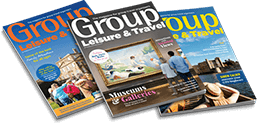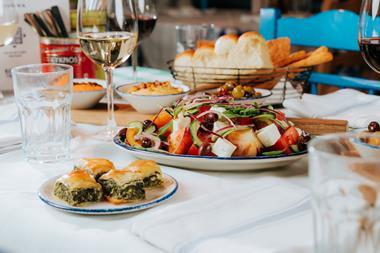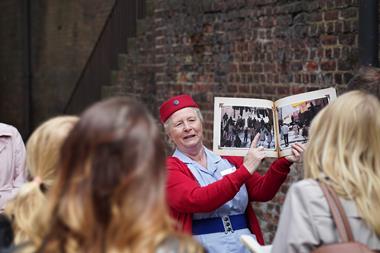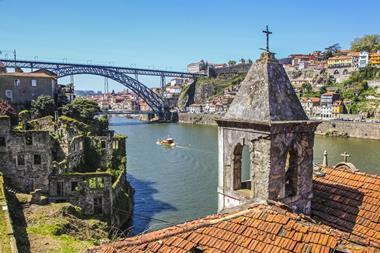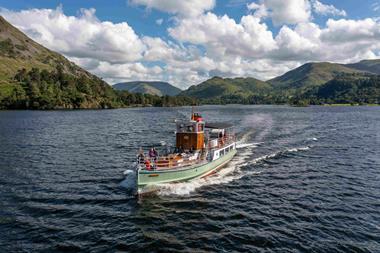The Faith Museum in Bishop Auckland, County Durham, leads visitors on a journey through British history and how faith has shaped lives and communities.
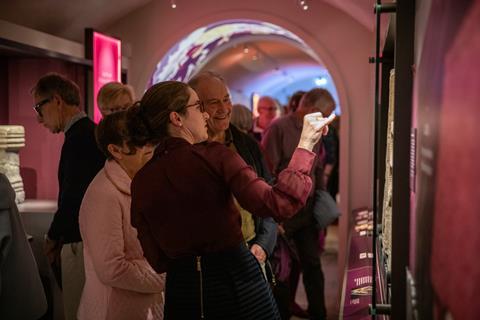
Partly housed in a 14th century wing of Auckland Castle, the Faith Museum is now at the heart of The Auckland Project which includes historic buildings, gardens, a heritage railway, art galleries and parkland.
There are more than 250 objects from private and public collections across England, Scotland and Wales which reveal encounters, experiences and expressions of different faiths.
“The Faith Museum turned out to be the hardest piece of our jigsaw. We have tried to tell stories which put into context 6,000 years of human endeavour and the restlessness of the human spirit.”
Jonathan Ruffer, founder of The Auckland Project
It has been made possible with a £12.4m National Lottery Heritage Fund grant and is said to be the first of its kind in Britain.
What to expect from a visit to the Faith Museum
The ground floor traces a path through 6,000 years of faith, beginning in the Neolithic period with the tactile Gainford Stone and ending in the year 2000. The upper floor of the museum will house a diverse programme of temporary exhibitions and installations, reflecting contemporary issues and timeless ideas.
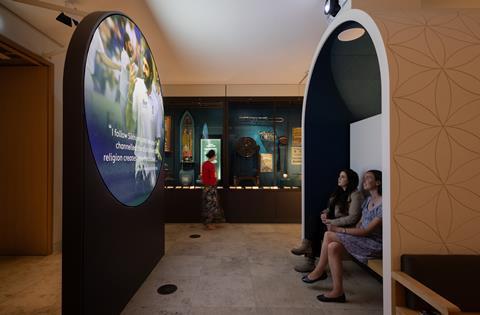
The galleries have opened with a display of works by ten contemporary British artists, offering their individual perspectives on faith today.
Some of the fascinating objects on display include:
- The Binchester Ring. excavated in 2014 at Binchester Roman Fort, less than a mile from the castle, this extraordinary silver ring with carved carnelian stone inscribed with an anchor and fish is rare early evidence of Christianity in Britain and has never been on display before.
- A 13th-century Bodleian Bowl. An early example of evidence of Jewish communities in Britain, this decorated bronze vessel is inscribed with the name of Joseph, son of Rabbi Yechiel, a famous scripture scholar of Paris. Joseph lived in Colchester and may have given this bowl to the Jewish congregation there before leaving for the Holy Land.
- A unique altar hanging made from fragments of embroidered blue velvet. It was probably assembled after the year 1600 from garments worn by pre-Reformation priests, to preserve remnants of the Catholic faith.
- A rare surviving Tyndale Bible. This English New Testament was printed in 1536, the year William Tyndale was hunted down in exile in Antwerp and executed for heresy.
While the Faith Museum builds its own collection, it will display objects from institutions from across Britain including The Jewish Museum London, The Ashmolean Museum, The Bowes Museum, The Imperial War Museum, National Museums of Scotland, The Salvation Army and the National Museum of Football.
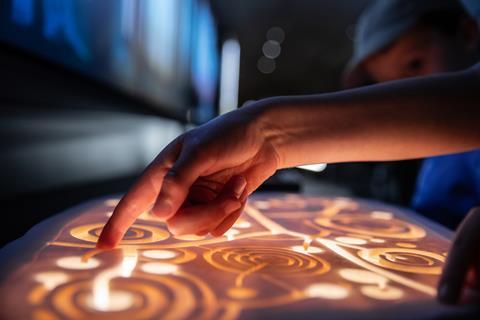
Jonathan Ruffer, founder of The Auckland Project, said: “The Faith Museum turned out to be the hardest piece of our jigsaw. We have tried to tell stories which put into context 6,000 years of human endeavour and the restlessness of the human spirit.”
The Auckland Project for groups
The Auckland Project is a group of heritage attractions, galleries and gardens in the town of Bishop Auckland, County Durham, telling the location’s story, from the powerful Prince Bishops of Durham to the town’s surprising connection with the Golden Age of Spanish Art.
There are a number of group packages featuring visits to the different attractions including the Spanish Gallery, Auckland Castle and Mining Art Gallery.
For more information about The Auckland Project, visit www.aucklandproject.org
For group visits email groups@aucklandproject.org or call 01388 743750.
